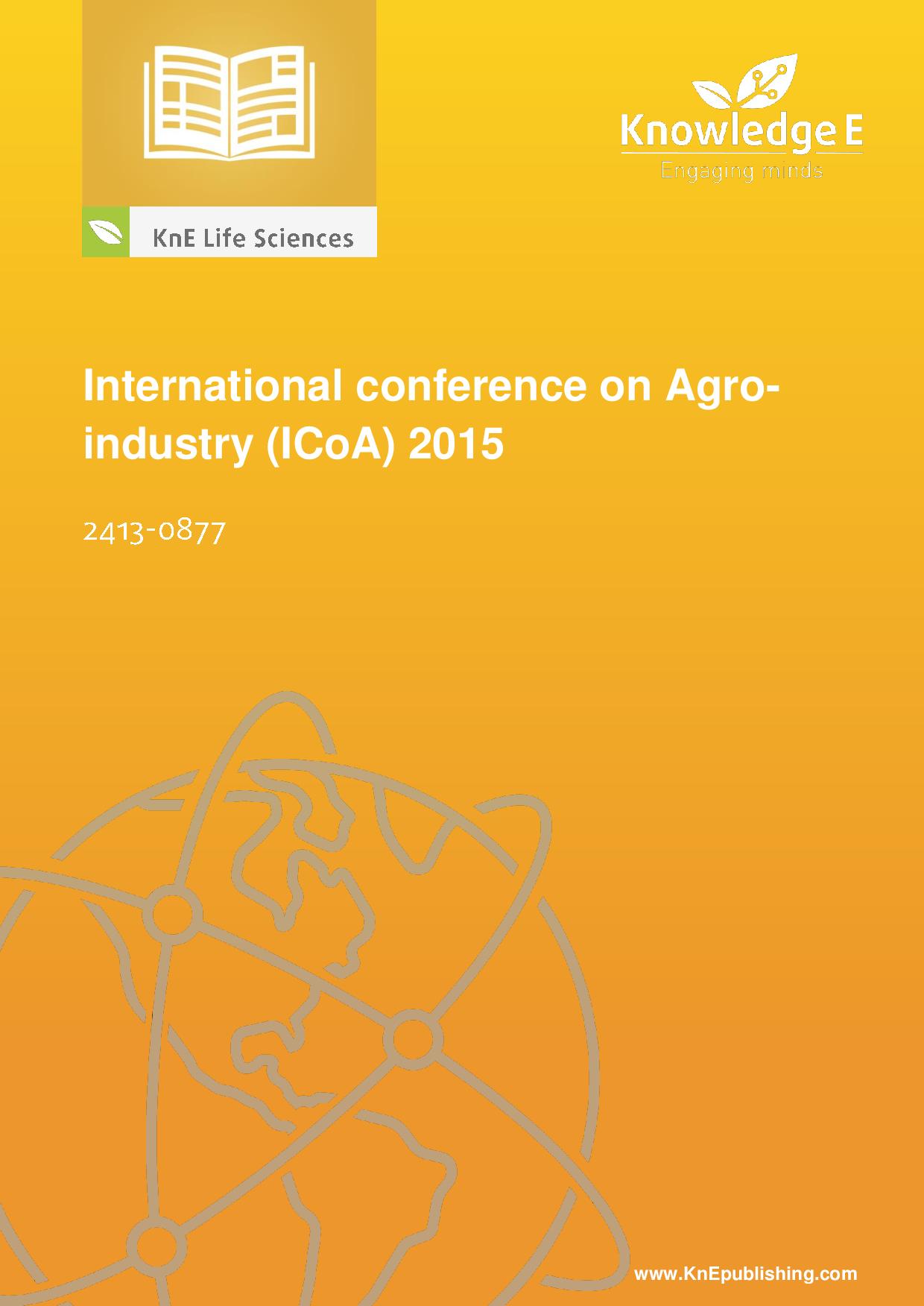Identify Toxin Contamination in Peanuts Using the Development of Machine Vision Based on Image Processing Technique
DOI:
https://doi.org/10.18502/kls.v3i3.404Abstract
This research aimed at identifying the use of image processing technique and classifying the use of K-mean clustering of contaminated and uncontaminated peanuts. A machine vision system was made of a small aluminum box, equipped with a camera, a petri for placing the sample, USB connector, UV lamp, and a computer. Image processing methods consisted of analysis of the average color of RGB in the region of interest, convertion of RGB into HSV, segmentation process, as well as convertion image into grayscale and binary objects in order to obtain the total number of pixels value in the object area so that the mean value of the pixels of the area can be calculated. K-means algorithm was used to classify the contaminated and uncontaminated peanuts based on the average pixel value of R,G, B color parameters. The accuracy of a system was 100% meaning that the performance of machine vision can be used to identify the contaminated and uncontaminated peanuts.
Keywords: aflatoxin, K-mean clustering, machine vision, image processing, peanuts
References
Bigun, J. 2006. Vision with direction: a systematic introduction to image processing and computer vision, Springer-Verlag Berlin Heidelberg Germany
Faridah, Nopriadi, and Antariksi, A. 2008. Aplikasi mesin vision dalam pendeteksian fertilitas telur, Media Teknik 4.
Gordon, S. G. 2009. Neural Network Pattern Recognition of Photoacou tic FTIR Spectra and KnowledgeBased Techniques for Detection of Mycotoxigenic Fungi in Food Grains, Journal of Food Protecion 2, 221-230
Haff, R. P., Quifiones, B., Swimley, M.S., and Toyofuku, N. 2010. Automatic Image Analysis and Spot Classification for detection of Pathogenic Escherichia coli on Glass Slide DNA Microarrays, Computers and Electronics in Agriculture, 163-169
Kusumaningrum, H., Suliantri, D., Toha, A. D., Putra, S.H, and Utami, A.S. 2010. Cemaran Aspergilus Flavus dan Aflatoksin pada Rantai Distribusi Produk Pangan Berbasis jagung dan Faktor yang mempengaruhinya, Jurnal Teknologi dan industry Pangan 2, 171-176.
Lu, M.C. 1993. Computer Modeling and Simulation Techniques for Computer Visions Problem, Ph.D Dissertation, The Graduate School for Degree of Doctor Philosophy in Electrical Engineering, State University of New York
Lowe, G., Kutcher,S.,R., and Edwards, D. 2003. A Powerful new Light Source for ultraviolet Detection of Scorpions in the Field, Euscorpius-Occasional Publications in Scorpiology 8, 5459
Sebe, N., Cohen, I., Garg, A., and Huang, T. S. 2005, Machine Learning in Computer Vision, Springer Netherlands.

